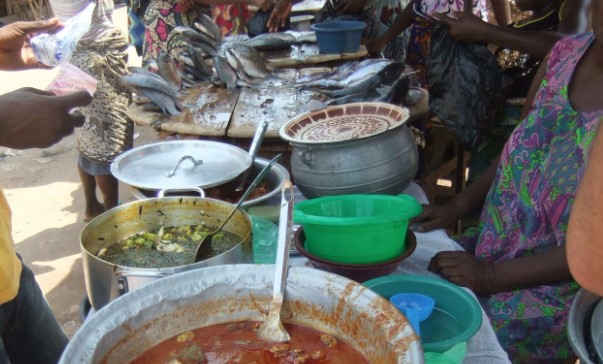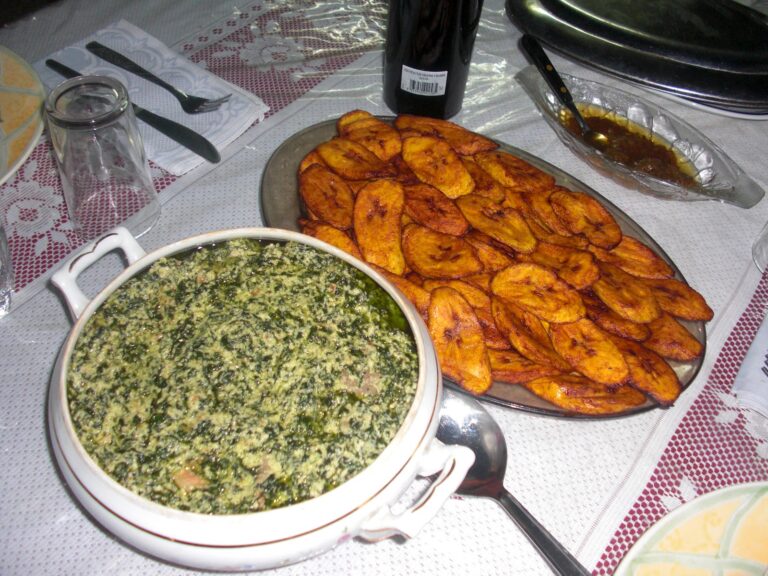Introduction to Togolese Cuisine
Togolese cuisine is heavily influenced by its West African neighbors and is characterized by a mix of traditional food staples and international cuisine. The cuisine is diverse, reflecting the country’s various ethnic groups, and it is known for its use of spices and herbs. In Togolese cuisine, yam is a staple food and is used in various dishes.
History of Yam in Togolese Diet
Yam has been a significant part of the Togolese diet for centuries. The crop was first cultivated in Africa about 11,000 years ago and has been an essential source of food for many African countries ever since. Yam was introduced to Togo by the Ewe people, who migrated from Nigeria in the 17th century. Since then, yam has become an essential crop to Togolese farmers, and its importance in Togolese cuisine has only grown over the years.
Nutritional Value of Yam in Togolese Cuisine
Yam is a highly nutritious food and is an excellent source of carbohydrates, fiber, and vitamins. In Togolese cuisine, yam is often boiled, mashed, or fried and served as a side dish. It is also used to make soups and stews. Yam is low in fat and calories, making it an ideal food for individuals looking to maintain healthy weight. Moreover, yam is rich in potassium, which is essential for maintaining healthy blood pressure levels.
Cultural Significance of Yam in Togolese Cuisine
In Togolese culture, yam holds significant cultural and religious importance. During traditional festivals, yam is often used in rituals and sacrifices. The crop is also used in various traditional medicine practices to treat various ailments. Yam is considered a symbol of prosperity and is a sign of good luck in Togolese culture.
Traditional Togolese Yam Dishes
Yam is used in various Togolese dishes, such as fufu, akume, and amala. Fufu is a popular Togolese dish made from boiled yam, plantains, or cassava, mashed into a dough-like consistency. Akume is a type of yam dumpling that is eaten with soup or stew. Amala is a Togolese dish made from yam flour and is a popular breakfast food.
Future of Yam in Togolese Cuisine
Yam remains a vital part of Togolese cuisine, and its importance is not likely to wane anytime soon. However, with the rise of modernization and globalization, there is a need to promote the local production and consumption of yam. The government of Togo has recognized the importance of yam and is taking steps to increase its production and use in local cuisine. By promoting the use of yam and its nutritional and cultural values, Togo can ensure that this traditional food staple remains an essential part of its cuisine for generations to come.


